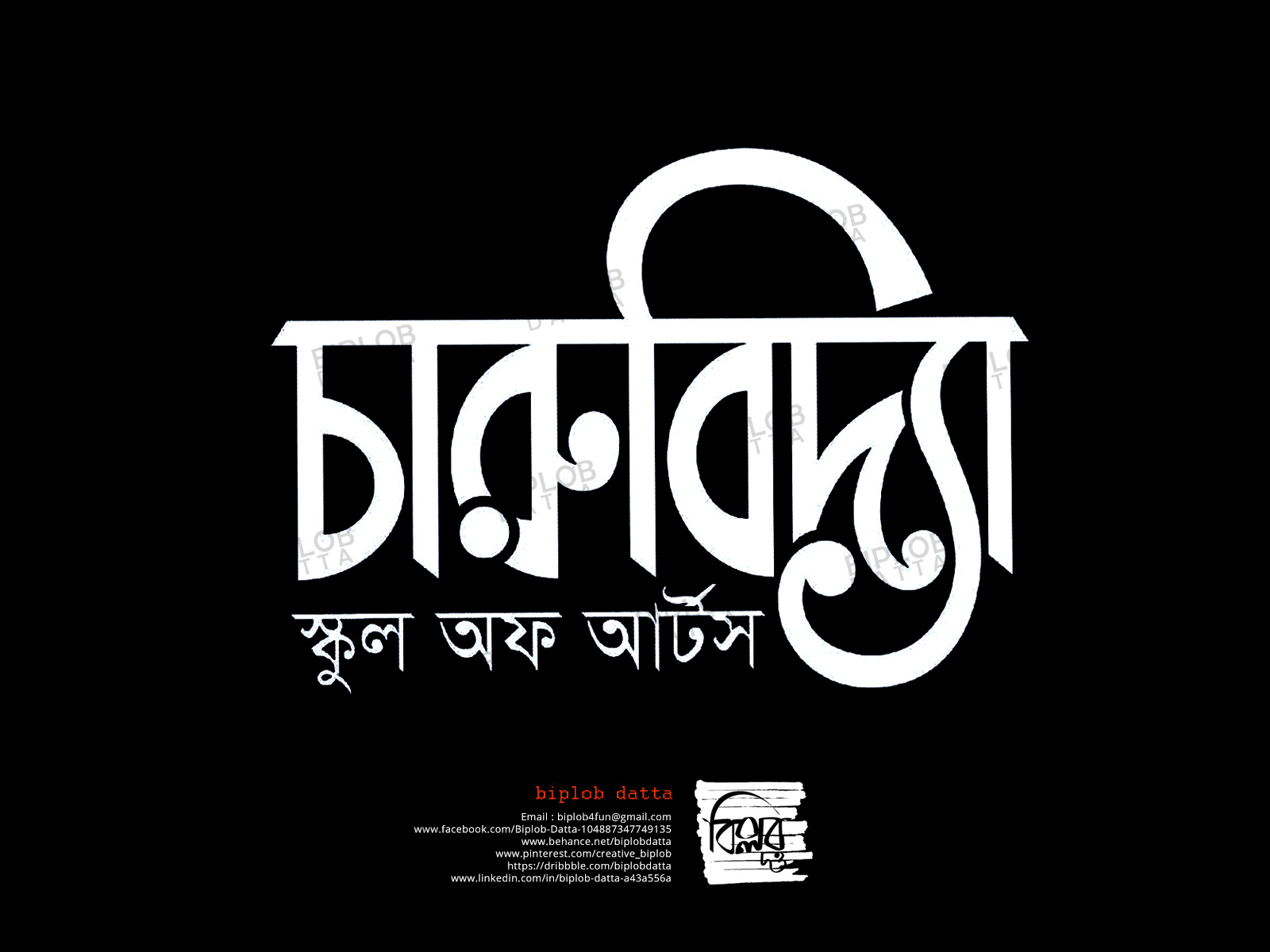

All of them are used in both Bengali and Assamese languages. The swôrôbôrnôs represent six of the seven main vowel sounds of Bengali, along with two vowel diphthongs. The Bengali script has a total of 9 vowel graphemes, each of which is called a স্বরবর্ণ swôrôbôrnô "vowel letter". Vowels and consonants are used as letters and also as diacritical marks. The Bengali script can be divided into vowels and vowel diacritics, consonants and consonant conjuncts, diacritical and other symbols, digits and punctuation marks.

It is recognisable, as are other Brahmic scripts, by a distinctive horizontal line known as a mātrā ( মাত্রা) running along the tops of the letters that links them together. The Bengali writing system is written from left to right and uses a single letter case, which makes it a unicameral script, as opposed to a bicameral one like the Latin script. its vowel graphemes are mainly realised not as independent letters, but as diacritics modifying the vowel inherent in the base letter they are added to. įrom a classificatory point of view, the Bengali writing system is an abugida, i.e. It is one of the most widely adopted writing systems in the world (used by over 265 million people).

The Bengali script or Bangla alphabet ( Bengali: বাংলা বর্ণমালা, Bangla bôrṇômala) is the alphabet used to write the Bengali language based on the Bengali-Assamese script, and has historically been used to write Sanskrit within Bengal.


 0 kommentar(er)
0 kommentar(er)
